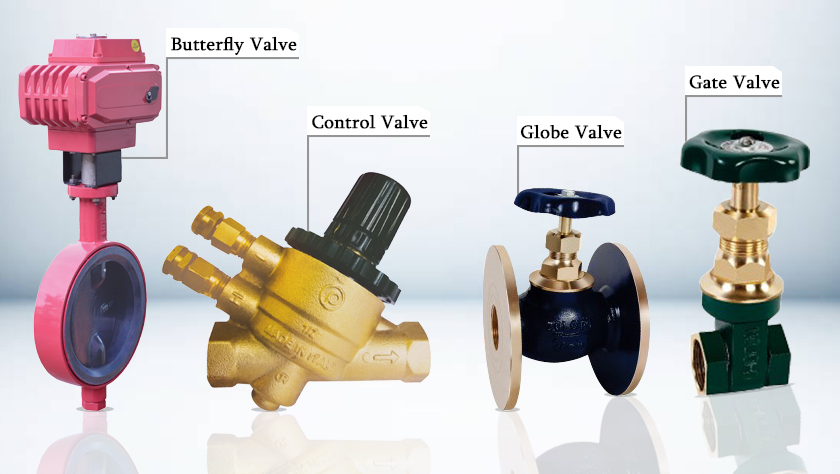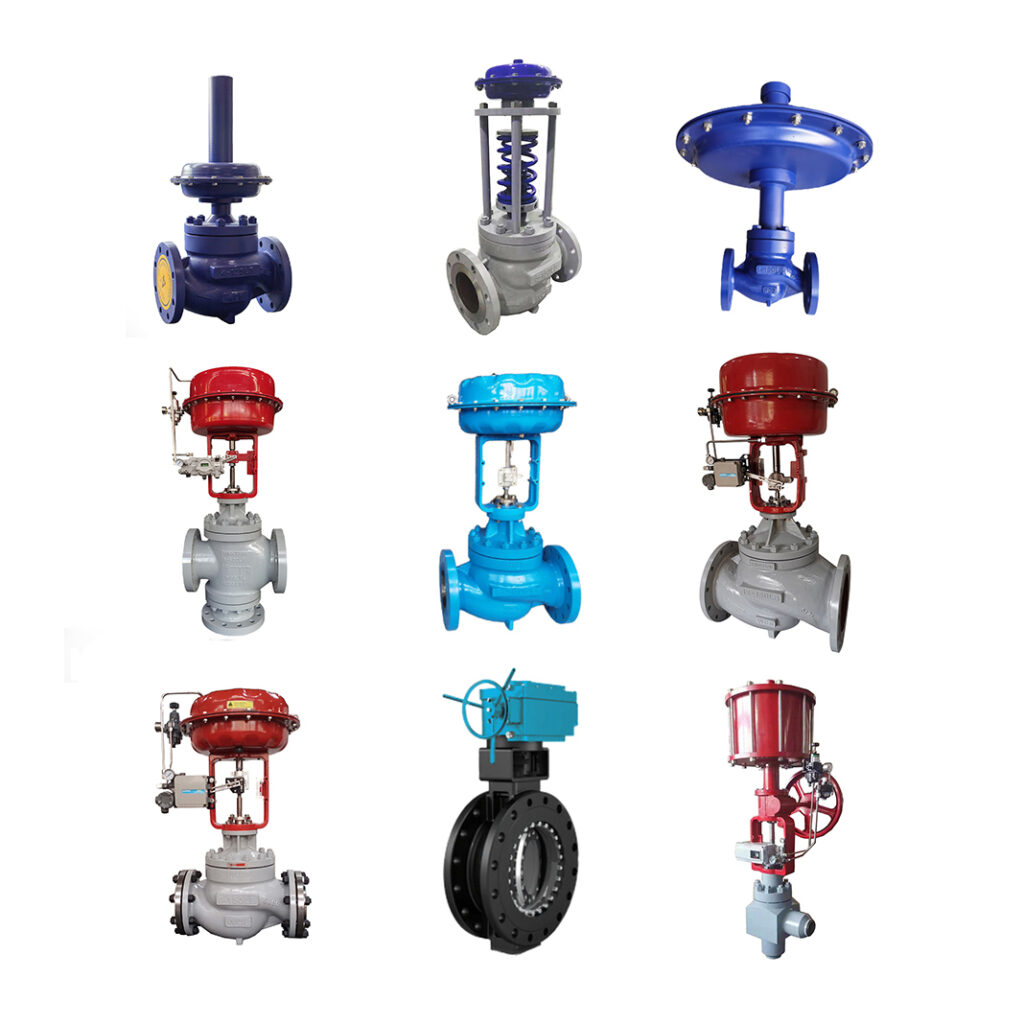Important Factors to Consider When Choosing Control Valves
Important Factors to Consider When Choosing Control Valves
Blog Article

Maximize Power Cost Savings and Comfort With Advanced Structure Automation Controls
In the realm of modern design and facility monitoring, the combination of sophisticated building automation controls stands as an essential advancement. The merging of innovation and sustainability has actually birthed a brand-new period where energy efficiency, comfort optimization, and functional streamlining are no more remote desires however attainable truths. By using the power of automation, buildings can adapt, respond, and evolve in means that were once unimaginable. The potential for significant energy cost savings and improved comfort is not simply a guarantee but a possibility waiting to be met. This paradigm shift in building administration holds the vital to opening a globe where environmental conscientiousness and passenger wellness harmoniously exist together within the wall surfaces of our structures.
Power Efficiency Advantages
Power effectiveness benefits can considerably decrease power consumption and functional expenses in structures. By executing energy-efficient practices and modern technologies, building proprietors and operators can achieve substantial cost savings while additionally adding to ecological sustainability. Among the primary advantages of boosting power performance in buildings is the decrease of utility expenses. Energy-efficient systems, such as sophisticated structure automation controls, can enhance making use of resources like home heating, air conditioning, and lighting, leading to reduced power expenditures in time.
In addition, enhanced energy performance can extend the life expectancy of building tools and systems. By operating a lot more successfully, heating and cooling systems, light, and other building components experience less deterioration, leading to minimized maintenance and replacement costs. In addition, energy-efficient structures frequently regulate higher home worths and rental rates, giving long-lasting economic advantages to owners.
Furthermore, energy performance can enhance occupant convenience and productivity. Appropriately regulated indoor atmospheres with ideal lights and thermal conditions develop a more conducive and positive work space, leading to improved staff member contentment and efficiency. Generally, the energy performance benefits related to innovative building automation controls are diverse, including expense financial savings, environmental stewardship, and resident well-being.
Enhanced Convenience Control
Enhancing comfort control in building atmospheres requires a sophisticated integration of advanced automation systems for optimal resident wellness. By making use of sophisticated building automation controls, facilities can customize the indoor atmosphere to satisfy the certain requirements and choices of residents. These systems make it possible for specific regulation of lights, ventilation, and temperature level, creating a effective and comfortable environment. Owner contentment and efficiency are carefully connected to thermal convenience, making it vital to have systems in position that can adapt to transforming conditions in real-time.
By incorporating these advanced controls, buildings can not only boost comfort but additionally improve energy efficiency by optimizing system procedures based on real occupancy and use patterns. Inevitably, prioritizing resident convenience through innovative automation systems leads to a more enjoyable and much healthier interior atmosphere.
Functional Efficiency Improvements

In addition, the execution of real-time surveillance and analytics devices enables building operators to determine power ineffectiveness and operational anomalies immediately. By continually keeping track of energy usage patterns and system efficiency metrics, changes can be made in real-time to maximize power usage and guarantee peak functional efficiency. control valves. In addition, incorporating need reaction methods right into structure automation controls can additionally improve functional efficiency by dynamically adjusting energy use based on grid conditions and prices signals
Indoor Climate Optimization
Efficient interior environment optimization is a basic element of building automation controls, guaranteeing residents' comfort and well-being while making the most of energy cost savings. By utilizing advanced sensing units and controls, constructing automation systems can continually keep track of and readjust temperature, humidity degrees, air quality, and ventilation to produce an optimum indoor environment. Preserving comfortable and regular problems not just enhances passenger complete satisfaction yet additionally boosts efficiency and overall well-being.
Indoor climate optimization additionally plays a critical duty in energy performance. By see this fine-tuning air conditioning, heating, and air flow systems based on real-time information and occupancy patterns, developing automation controls can substantially decrease power consumption - control valves. Implementing methods such as demand-controlled air flow and thermal zoning can aid minimize power waste while ensuring that each location of the structure obtains the required conditioning.

Sustainable Setting Production
Building automation regulates not only optimize indoor climate problems for energy performance and occupant convenience however likewise lay the foundation for developing a sustainable environment with calculated management of sources and systems. By integrating innovative building automation technologies, such as sensing units, actuators, and intelligent software application, facilities can adjust and monitor power use in real-time to reduce waste and minimize their carbon footprint. These systems enable anticipating upkeep, identifying possible problems prior to they escalate and optimizing devices performance to enhance long life and efficiency.
Furthermore, sustainable setting development expands past power monitoring to encompass water preservation, waste decrease, and indoor air top quality improvement. Building automation controls can manage water use, find leakages, and make certain correct garbage disposal techniques, contributing to general sustainability efforts. Additionally, by managing and keeping an eye on air flow and filtering systems, these modern technologies enhance resident health and efficiency while decreasing energy intake associated with cooling and heating operations.
Verdict
To conclude, advanced structure automation regulates deal significant benefits in terms of energy financial savings, comfort control, operational effectiveness, interior environment optimization, and creating a lasting atmosphere. By carrying out these controls, structures can accomplish optimum efficiency while minimizing energy informative post consumption and enhancing passenger comfort. It appears that using advanced automation modern technology is vital in boosting structure performance and producing a much more lasting future.
Energy effectiveness advantages can considerably lower power intake and operational expenses in buildings. In general, the power effectiveness benefits linked with advanced structure automation controls are multifaceted, including expense savings, ecological stewardship, and owner well-being.
Additionally, including demand response strategies into building automation controls can even more boost operational efficiency by dynamically readjusting energy use based on grid conditions and prices signals.
Building automation controls not only enhance interior climate problems for power performance and occupant convenience but likewise lay the foundation for creating a lasting setting via tactical monitoring of systems and resources.In verdict, advanced structure automation regulates offer substantial advantages in terms of energy savings, convenience control, operational effectiveness, interior climate optimization, and producing a lasting setting.
Report this page